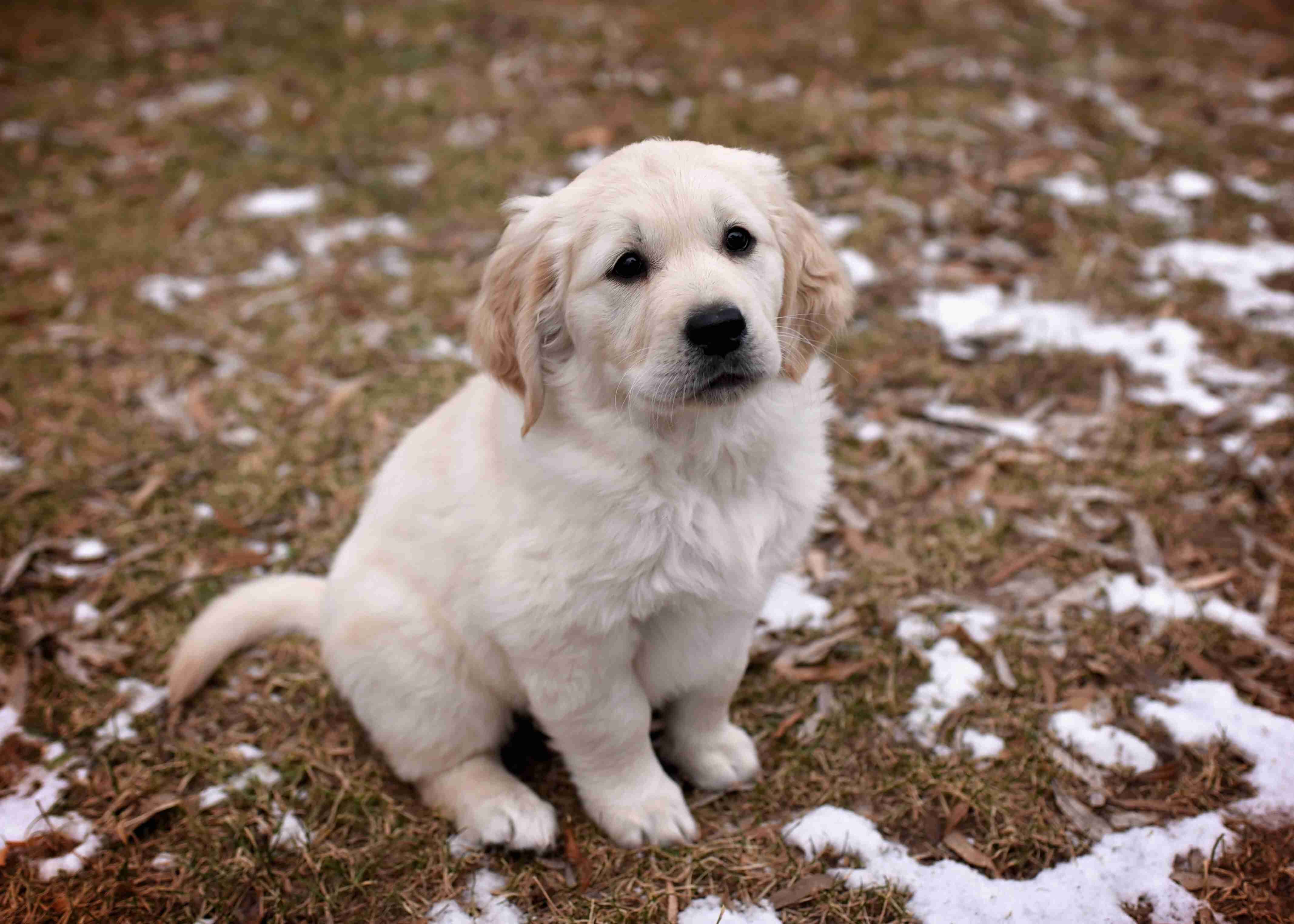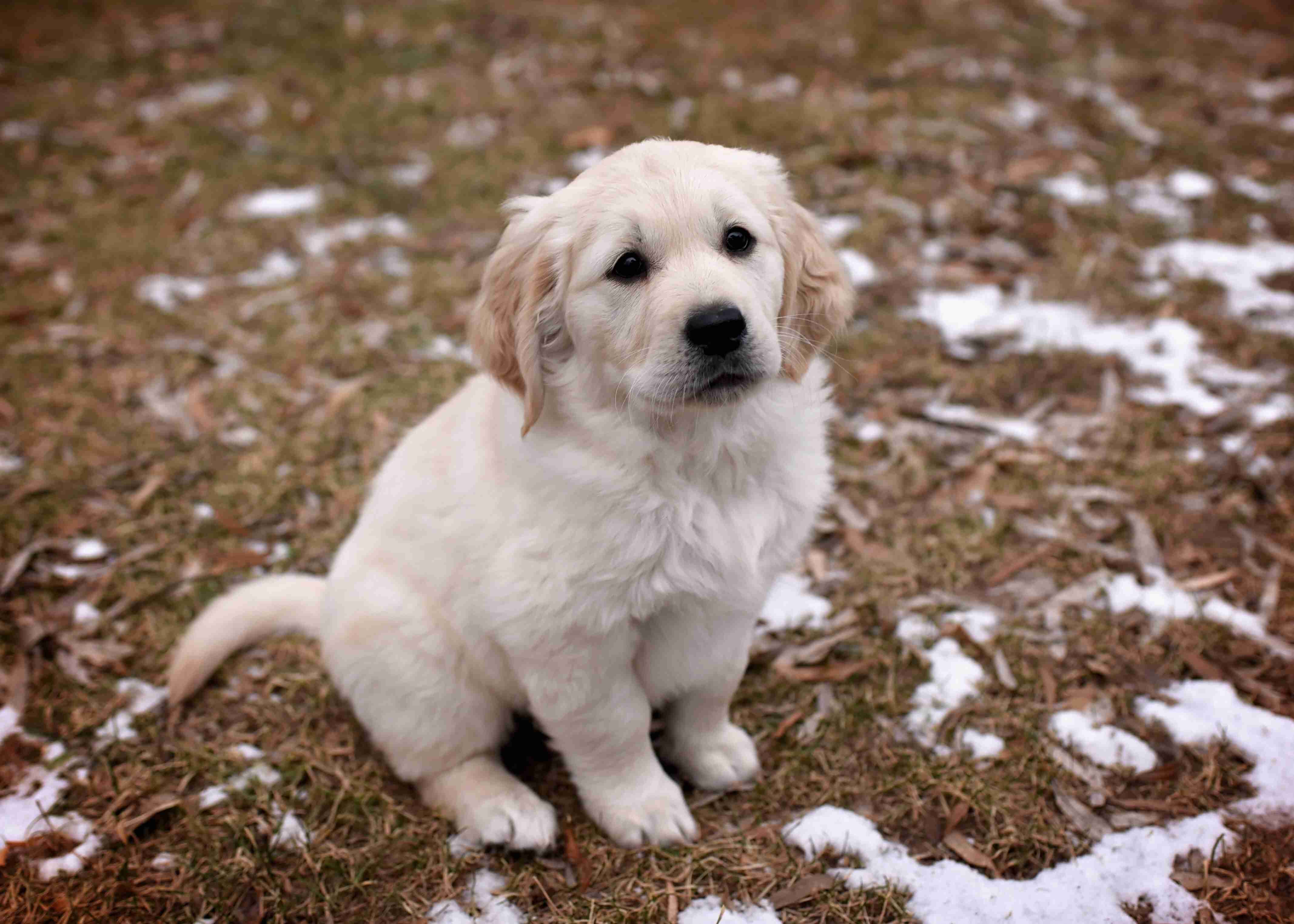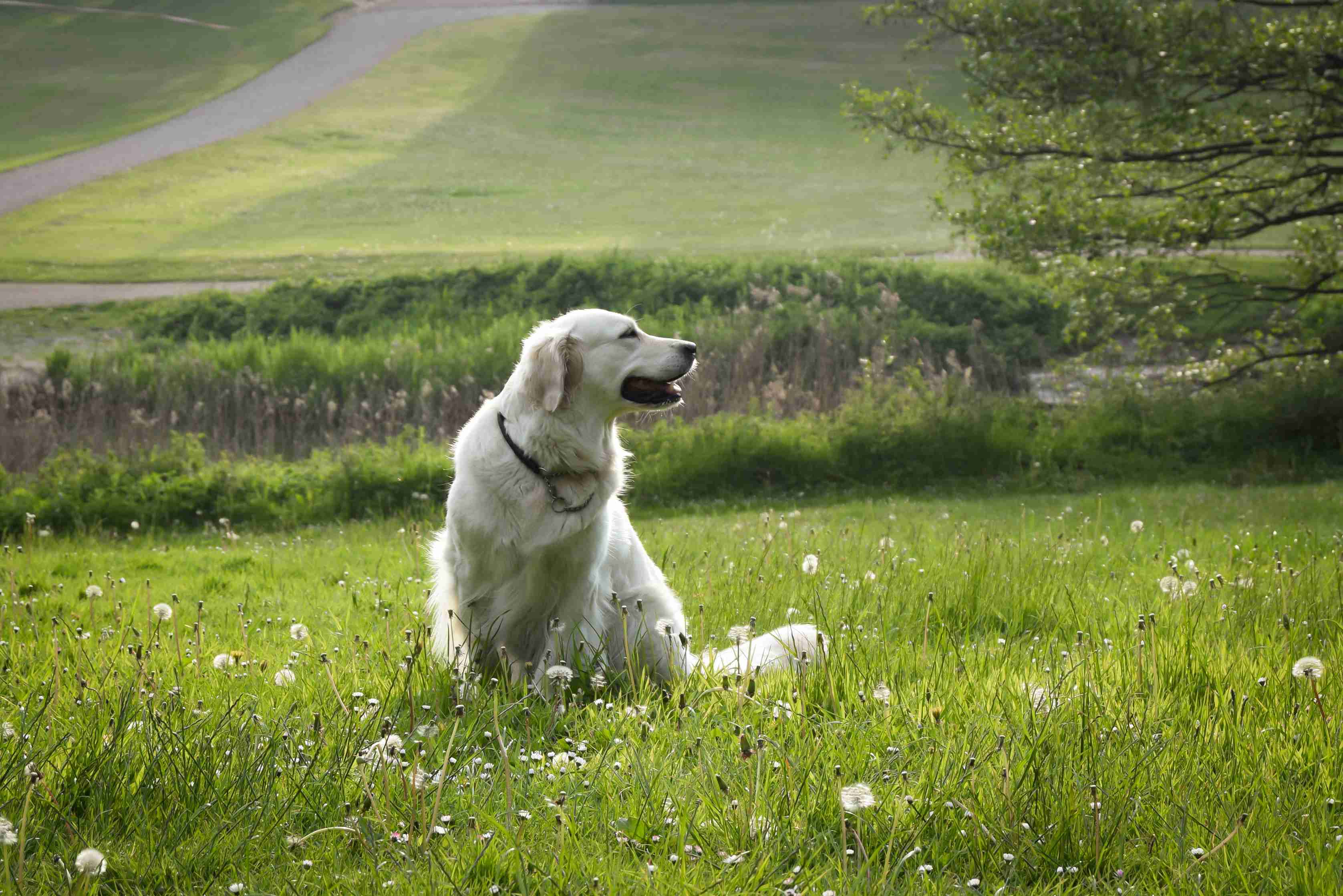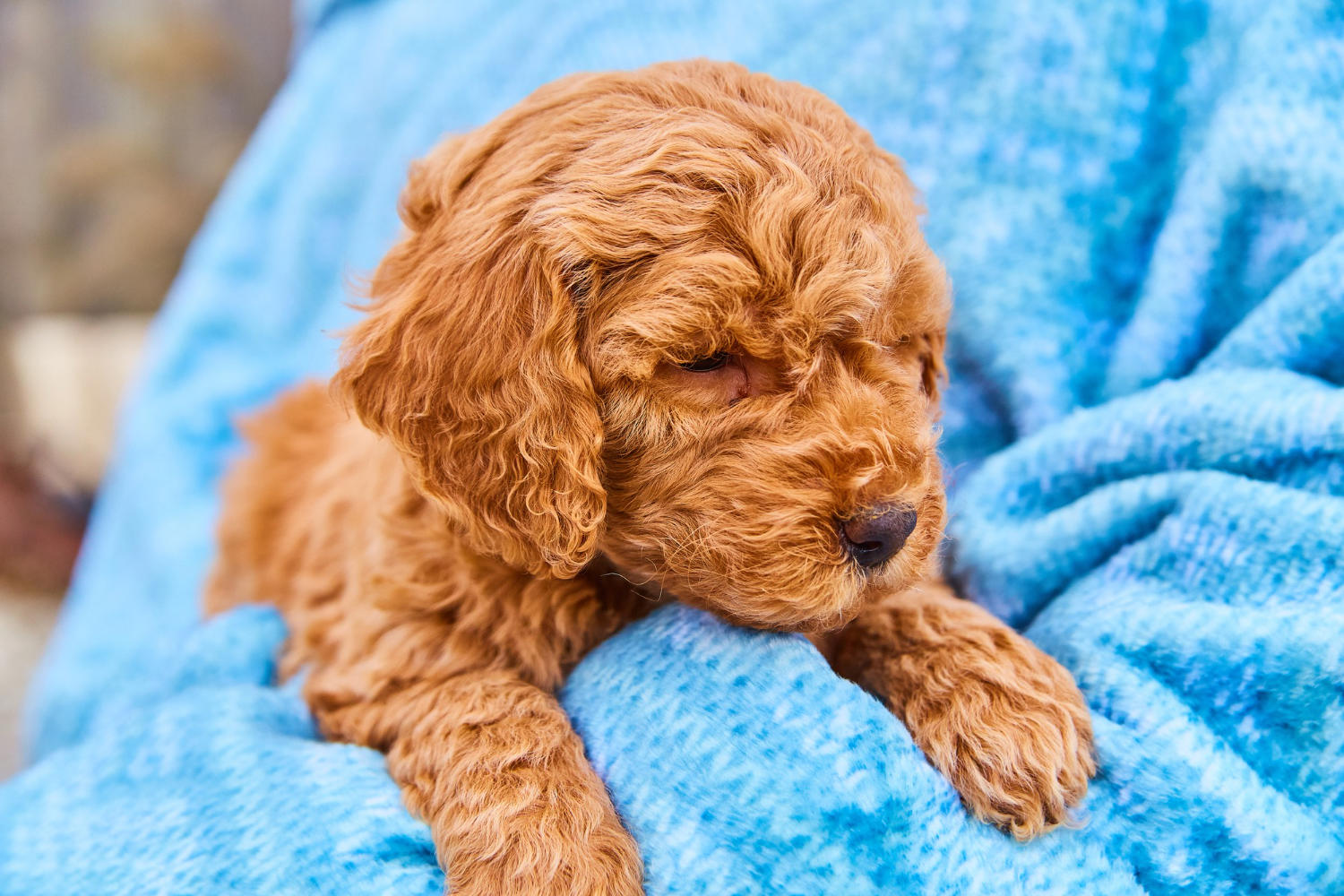If you’re a proud owner of a Golden Retriever, you already know just how much joy and love they bring to your life. These beautiful, loyal creatures deserve the very best care, including a healthy and balanced diet. One of the most common questions that Golden Retriever owners have is how often they should feed their furry companions and in what quantities. Well, you’ve come to the right place! In this blog post, we will delve into the optimal frequency and portion sizes for feeding your Golden Retriever, ensuring they have a happy and healthy lifestyle. So, let’s dive in and discover the key factors you need to consider when it comes to nourishing your beloved Golden Retriever.
Golden Retrievers are known for their friendly and outgoing nature, making them one of the most beloved dog breeds around the world. As a responsible pet owner, it is crucial to provide your furry friend with a balanced and nutritious diet to ensure their overall health and happiness. One of the most common questions that arises when it comes to feeding Golden Retrievers is how often should they be fed and in what quantities? In this blog post, we will delve into the details of Golden Retrievers’ feeding guide, exploring the optimal frequency and portion sizes for a healthy diet.
Feeding Frequency:
The feeding frequency for your Golden Retriever largely depends on their age. Puppies have higher energy requirements and need to be fed more frequently than adult dogs. Here is a breakdown of the recommended feeding frequency based on age:
- Puppies (8 weeks – 6 months): Puppies should be fed three to four times a day. Their growing bodies require regular fuel to support their rapid development.
-
Adolescents (6 months – 1 year): As your Golden Retriever enters the adolescent stage, you can gradually reduce the feeding frequency to two to three times a day. However, make sure to provide them with adequate portions to meet their energy needs.
-
Adults (1 year and older): Once your Golden Retriever reaches adulthood, you can transition to feeding them once or twice a day. Splitting their daily portion into two meals can help prevent bloating and aid digestion.
It is important to note that these guidelines are general recommendations, and you should always consider your individual dog’s needs. Some Golden Retrievers may have specific dietary requirements or health conditions that warrant a different feeding schedule. Consulting with your veterinarian is always a good idea to ensure you are meeting your dog’s unique needs.

Portion Sizes:
Determining the appropriate portion sizes for your Golden Retriever is crucial to maintain a healthy weight and prevent obesity. Factors such as age, activity level, metabolism, and overall health should be taken into account when calculating portion sizes. Here are some tips to help you determine the right amount of food for your furry companion:
- Read the feeding guidelines: Most commercial dog food brands provide feeding guidelines on their packaging. These guidelines are a good starting point, but keep in mind that they are generalized and may not apply to every dog.
-
Observe your dog’s body condition: Regularly assess your Golden Retriever’s body condition to ensure they are neither underweight nor overweight. You should be able to feel their ribs with a slight layer of fat covering them. If they are too thin or too heavy, adjust their portion sizes accordingly.
-
Monitor their activity level: Active dogs burn more calories and may require larger portions to meet their energy needs. If your Golden Retriever is highly active or participates in activities like agility training or long walks, consider increasing their portion sizes.
-
Consider the quality of the food: The nutritional content of the food you choose plays a significant role in determining portion sizes. High-quality dog food with balanced ingredients will provide more nutrients per serving, requiring smaller portion sizes compared to low-quality, filler-rich options.
Remember, it is important to maintain consistency in feeding times and portion sizes to establish a routine for your Golden Retriever. Avoid free-feeding or leaving food out all day, as this can lead to overeating and weight gain.
Overall, feeding your Golden Retriever the right amount of food at the appropriate frequency is essential for their overall health and well-being. Following the recommended feeding guidelines based on their age, observing their body condition, monitoring their activity level, and selecting high-quality food will help you provide a balanced and nutritious diet for your beloved Golden Retriever. Remember, every dog is unique, so always consult with your veterinarian to tailor their feeding plan to their individual needs. By prioritizing their nutritional needs, you can ensure a long and healthy life for your furry friend.
In conclusion, ensuring that your Golden Retriever is fed with the right frequency and portion sizes is crucial for their overall health and well-being. By following the guidelines outlined in this blog post, you can provide your furry friend with a balanced and nutritious diet that will support their growth, energy levels, and longevity. Remember, every dog is unique, so it’s important to consult with your veterinarian to determine the specific needs of your Golden Retriever. With a well-balanced diet and plenty of love and care, your Golden Retriever will thrive and bring joy to your life for many years to come.
Please follow us on Social Media




.jpg)

.jpg)

%20-%20Copy.jpg)